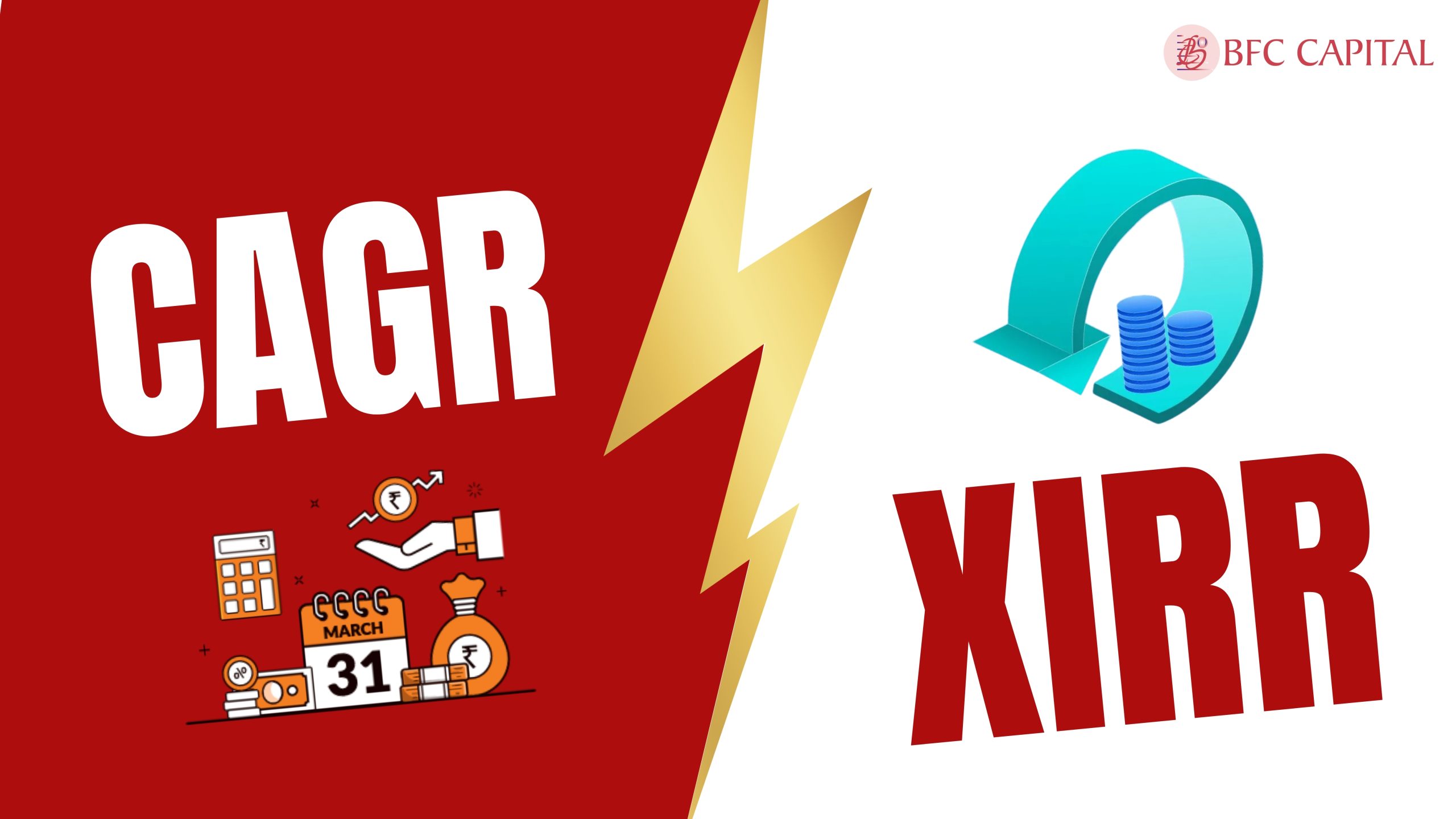
Introduction to Sensex
Founded in 1875, the Bombay Stock Exchange (BSE) is known as one of the oldest and largest stock exchanges in Asia. BSE functions on its crucial index, commonly known as Sensex, which was introduced in 1986. Sensex uses the free-float market capitalization method to evaluate and represent the top 30 companies listed on the BSE. The method basically measures the value of the company’s shares that are available for trading to provide insights into the overall financial direction of the stock market. Hence, it is said that Sensex plays a crucial role in the overall Indian financial markets.
Table of Contents
Definition:
Sensex stands for ‘Sensitive Index’, which benchmarks the top 30 largest and most actively traded stocks listed on the Bombay Stock Exchange (BSE). These companies can be from different sectors, providing a representative snapshot of the Indian financial market. Basically, the investors, traders, and analysts keep a close eye on Sensex to gauge the overall economic market performance.
Here’s the list of top 30 companies that are listed on the Sensex as of 24th September 2024, depending on their financial well-being and economic efficiency:
- ADANI PORTS & SEZ
- ASIAN PAINTS
- AXIS BANK
- BAJAJ FINANCE
- BAJAJ FINSERVE
- BHARTI AIRTEL
- HCL TECHNOLOGIES
- HDFC BANK
- HINDUSTAN UNILEVER
- ICICI BANK
- INDUSIND BANK
- INFOSYS
- ITC
- JSW STEEL
- KOTAK MAHINDRA BANK
- L&T
- M&M
- MARUTI SUZUKI
- NESTLE
- NTPC
- POWER GRID
- RELIANCE IND.
- SBI
- SUN PHARMA
- TATA MOTORS
- TATA STEEL
- TCS
- TECH MAHINDRA
- TITAL
- ULTRA TECH CEMENT
How Sensex Works?
The Bombay Stock Exchange (BSE) modifies Sensex share composition in significant intervals to ensure that the current condition of the stock market is reflected accurately. Earlier, the index calculation was based on a weighted methodology of market capitalization. Later in 2003, the calculation method was reformed and presently, a free-float capitalization method is in use.
This free-float method evaluate the number of share available for sale instead of a company’s outstanding shares, to calculate the index.
However, the formula used in both the capitalization and free-float method is the same:
Free Float Market Capitalization = (total free float market capitalisation/ base market capitalisation) * Base index value.
Here, ‘market capitalization’ is calculated by multiplying the current share price by the number of outstanding shares; and Free-float factor is a multiple with which the total market capitalization of a company is adjusted to arrive at the Free-float market capitalization. A Free-float factor of say 0.55 means that only 55% of the market capitalization of the company will be considered for calculation.
What is the Selection Criteria for Sensex?
To pick top 30 stocks from the BSE and list them in the Sensex, there’s a certain criteria for it, which includes:
- Stock liquidity – Basically, liquidity is defined as how easily a stock can be bought or sold without affecting its price significantly. Stocks with high liquidity are preferred to get listed on the Sensex as there is a substantial volume of shares traded, ensuring that the index accurately reflect the current market conditions as high liquidity stocks contribute to a smoother and more reliable calculation of the index.
- Market representation – Market representation involves stocks from different sectors and industries such as technology, healthcare, finance, etc., so that the index represents the broader economy. A well-represented market index provides better insights of the overall market performance.
- Financial stability – Financial stability of the stocks is referred as to company’s financial consistency and performance against economic fluctuations. The companies that demonstrate financial stability against the factors like steady revenue growth, profitability, and sound financial management composes a reliable and robust Sensex index.
- Public float – It is the portion of the company’s shares available for trading by the general public, this does not include shares held by insiders, promoters, and/or government entities. A substantial public float is essential for the Sensex as it ensures efficient trading without large price impacts.
These criteria help ensure that the Sensex remains a representative and reliable gauge of the Indian stock market’s performance, providing a comprehensive snapshot of the economic landscape.
Impact of Real-World Events on SENSEX
The 2008 Financial Crisis
It was during the global financial crisis of 2008 that the Sensex experienced significant volatility. The index dropped sharply by 12000 points in just 10 months, from over 20,000 points in January 2008 to around 9,000 points in October 2008. This dramatic fall showcased the global economic downturn. However, the Sensex’s comeback in the following years reflected the stabilisation of the Indian economy and market confidence.
Post-Demonetization Surge
In November 2016, when the Indian government announced a demonetisation policy, withdrawing high-denomination currency notes of INR 500 and 1000 from market circulation. Initially, this move led to a steep drop in the Sensex due to frequent disruptions in the economy. However, as the economy adapted to the new currency notes of INR 500 and 2000, the Sensex rebounded, showcasing resilience and investor optimism about long-term economic growth.
The COVID-19 Pandemic
The onset of the COVID-19 pandemic in early 2020 led to an unprecedented drop in global stock markets, including the Sensex. The index fell sharply as the pandemic caused economic disruptions and uncertainties all around the world as the markets were shut and jobs were lost. However, as soon as the vaccines were introduced and certain measures were implemented to combat the virus and economic activity began to normalize, the Sensex gradually recovered, highlighting its role as a barometer of market sentiment.
Conclusion:
The Sensex is a vital component of the Indian financial landscape, offering a snapshot of market performance and investor sentiment. By understanding its calculation methodology, historical context, and real-world impact, investors and stakeholders can better interpret market trends and make informed decisions. As a benchmark index, the Sensex continues to play a crucial role in reflecting the economic pulse of India and guiding investment strategies.
To learn more about mutual funds, contact us via Phone, WhatsApp, or Email, or visit our website. Additionally, you can download the Prodigy App to start investing today!
Disclaimer – This article is for educational purposes only and by no means intends to substitute expert guidance. Mutual fund investments are subject to market risks. Please read all scheme-related documents carefully before investing.

Assistant Vice President – Research & Analysis
Akash Gupta heads the Research & Analysis department at BFC CAPITAL, where he combines in-depth market insights with strategic analysis. He holds multiple certifications, including:
- NISM-Series-XIII: Common Derivatives Certification
- NISM-Series-VIII: Equity Derivatives Certification
- NISM-Series-XXI-A: Portfolio Management Services Certification
- IRDAI Certification
With his expertise in equity, derivatives, and portfolio management, Akash plays a key role in providing research-backed strategies and actionable insights to help clients navigate the investment landscape.








Name: What is NAV - Net Asset Value, Types, Formula and its Roles - BFC Capital- Blogs : All Financial Solutions for Growing Your Wealth
says:[…] Also, check out our recent post on: “A Comprehensive Guide on How Sensex Represents the Indian Economy“ […]